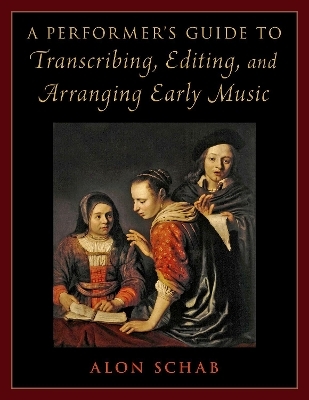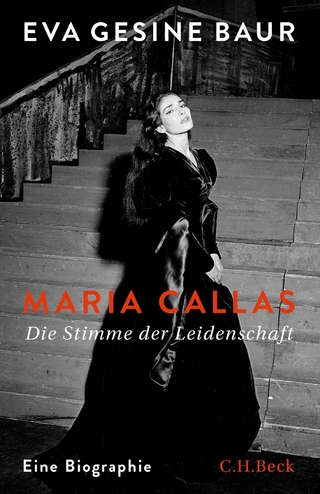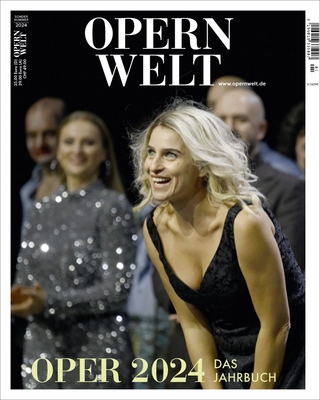
A Performer's Guide to Transcribing, Editing, and Arranging Early Music
Seiten
2022
Oxford University Press Inc (Verlag)
978-0-19-760066-5 (ISBN)
Oxford University Press Inc (Verlag)
978-0-19-760066-5 (ISBN)
In A Performer's Guide To Transcribing, Editing, and Arranging Early Music, author Alon Schab lays out a clear, accessible roadmap for adapting early pieces to today's ear.
A Performer's Guide to Transcribing, Editing, and Arranging Early Music provides instruction on three important tasks that early music performers often undertake in order to make their work more noticeable and appealing to their audiences. First, the book provides instruction on using early sources-manuscripts, prints, and treatises-in score, parts, or tablature. It then illuminates priorities behind basic editorial decisions-determining what constitutes a "version" of a musical piece, how to choose a version, and how to choose the source for that version. Lastly, the book offers advice about arranging both early and new music for early instruments, including how to consider instruments' ranges and various registers, how to exploit the unique characteristics of period instruments, and how to produce convincing textures of accompaniment. Drawing on methods based on early models (for example, how baroque composers arranged the music of their contemporaries), Alon Schab pays tribute to the ideas and ideals promoted by the pioneers of the early music revival and examines how these could be implemented in an early music field revolutionized by technology and unprecedented artistic independence.
A Performer's Guide to Transcribing, Editing, and Arranging Early Music provides instruction on three important tasks that early music performers often undertake in order to make their work more noticeable and appealing to their audiences. First, the book provides instruction on using early sources-manuscripts, prints, and treatises-in score, parts, or tablature. It then illuminates priorities behind basic editorial decisions-determining what constitutes a "version" of a musical piece, how to choose a version, and how to choose the source for that version. Lastly, the book offers advice about arranging both early and new music for early instruments, including how to consider instruments' ranges and various registers, how to exploit the unique characteristics of period instruments, and how to produce convincing textures of accompaniment. Drawing on methods based on early models (for example, how baroque composers arranged the music of their contemporaries), Alon Schab pays tribute to the ideas and ideals promoted by the pioneers of the early music revival and examines how these could be implemented in an early music field revolutionized by technology and unprecedented artistic independence.
Alon Schab is Senior Lecturer in the Department of Music at the University of Haifa and a committee member of the Purcell Society. A musicologist, composer, and recorder player, he focuses on English music and has published extensively on the music of Henry Purcell.
Acknowledgements
Introduction
1. Historical Sources on the Concert Stage
2. The Musical Text as a Point of Departure
3. Different Works, Different Versions, Neither or Both?
4. "The ear must be chief umpire" (Intuition and Critical Editing)
5. Historically Informed Arrangement
6. Writing for Early Instruments Today
Bibliography
| Erscheinungsdatum | 30.05.2022 |
|---|---|
| Zusatzinfo | 5 halftones |
| Verlagsort | New York |
| Sprache | englisch |
| Maße | 277 x 217 mm |
| Gewicht | 712 g |
| Themenwelt | Kunst / Musik / Theater ► Musik ► Klassik / Oper / Musical |
| Kunst / Musik / Theater ► Theater / Ballett | |
| ISBN-10 | 0-19-760066-2 / 0197600662 |
| ISBN-13 | 978-0-19-760066-5 / 9780197600665 |
| Zustand | Neuware |
| Informationen gemäß Produktsicherheitsverordnung (GPSR) | |
| Haben Sie eine Frage zum Produkt? |
Mehr entdecken
aus dem Bereich
aus dem Bereich
Mozart und der Abschied von der Aufklärung
Buch | Hardcover (2024)
C.H.Beck (Verlag)
28,00 €


